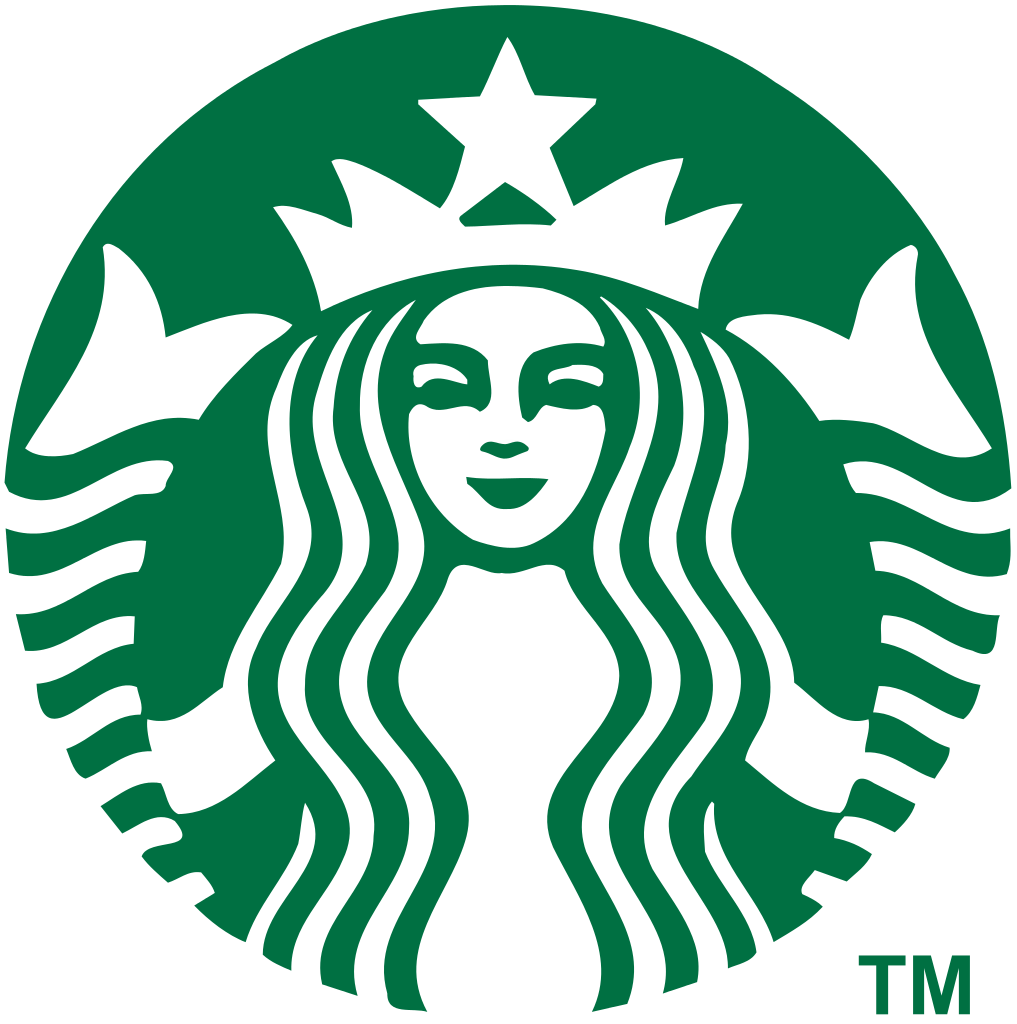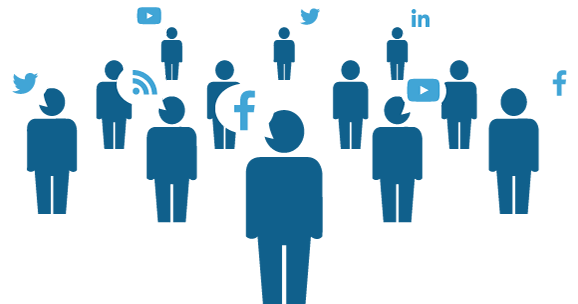Branding. Design. Two words that are tough to nail down a specific definition. We not only look at these two words as an artistic communication of a company, but also as a strategy. The preconception that design is visual artistic communication in its simplest form isn’t the only element that is being perused. Design is setting and planning specific goals to achieve success. The two main ingredients of branding are: Design, i.e. logo, typography, colors and Design Strategy: community, culture, brand. We must break it down to its most basic pieces in order to obtain a flow and a style that tells the audience what you’re here to accomplish. We must set the stage. In almost all cases, this begins with the logo.
The logo is designed to have recognition. It is a key identification tool that reinforces the companies image. But without the brand, the logo is almost meaningless. Most companies logos are not even directly related to their logo. Think about Starbucks, a half naked mermaid. A computer company that picked an apple with a bite out of it. So without this affiliated culture, the definition and recognition to the public changes the perception completely.
Then there’s font choice. Typography is a major key to the communicative goal of a company. The type should be clean and easy to read. Good type gives people a feeling of clean organization. One of the most adapted fonts is the over 50-year-old Helvetica. It is a classic sans-serif font. It changed the whole look of the NYC subway system. Linking all of this to specified colors create an entire new meaning. Colors dig into another level involving philosophy and strategy. Research has proven that certain colors and color combinations give humans subconscious feelings. (i.e. blue is an intellectual color that has positive emotions of intelligence, communication, trust, efficiency, serenity, duty, logic, coolness, reflection and calmness. It also has negative subconscious effects of coldness, aloofness, and lack of emotion.)
The brand is our overall definition of the business or organization. It’s what sets apart from the competitors. The stronger the brand the more enforced following it will bring to a target audience. The quality that is set is the tone for the products and services that are being provided.
Community and culture are the last links to consider when creating a brand. Many companies don’t realize the value of a string community and culture. It is a difficult task to build this type of reinforcement. By creating emphasis on a specific style, manner, information, etc. it will create a following that goes beyond the product or service itself. It gives you a word-of-mouth advertising plan. This is by far the most credible way to gain community.
Building consistency and fluidity is the gateway to success. Having a guideline for the brand is the best way to establish this. The brand should still be flexible in that it can flirt with other ideas while still conducting its style roots. Without establishing a brand, the company will not have the same level of successful outcome compared to those that really nail down who they are.
——————————————————————————–
Article written by Vanessa Weego for The Element Group.
Edited by Lyndsay Reese.




